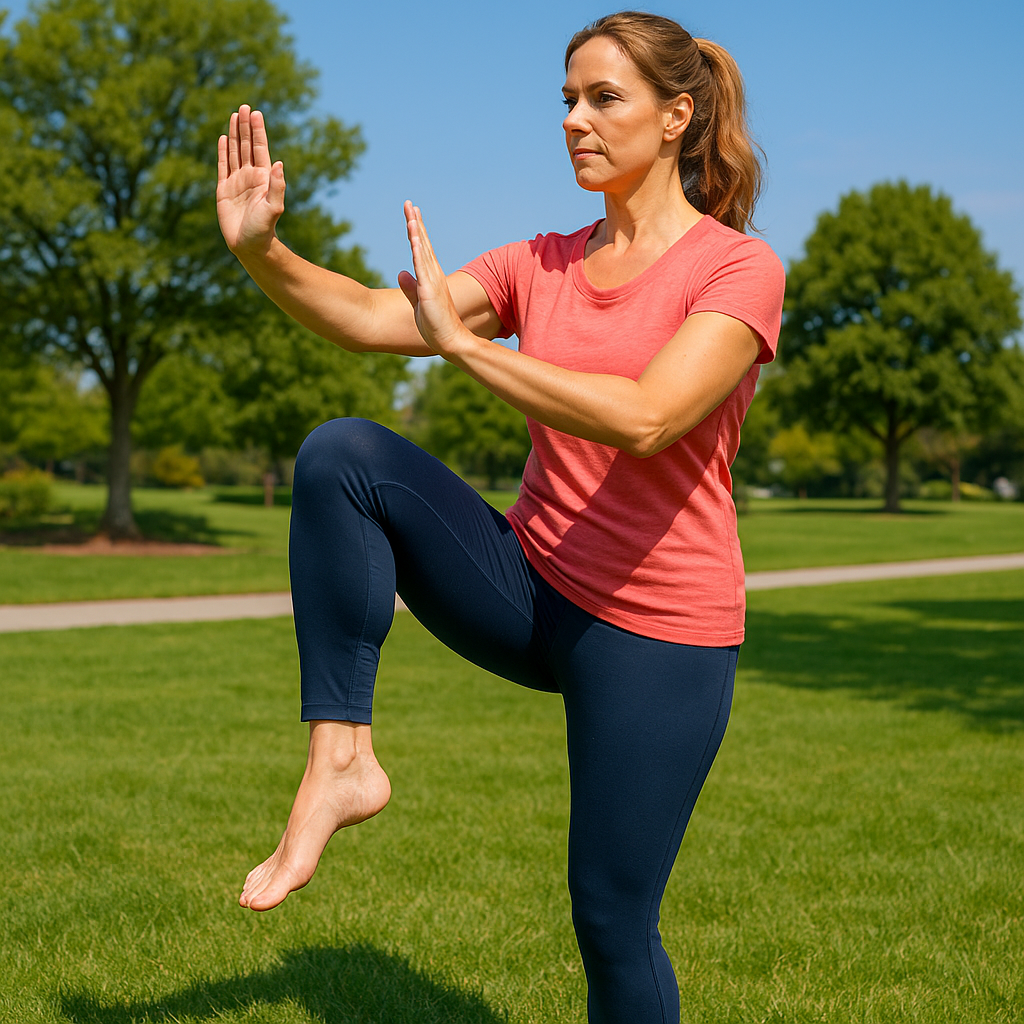Keeping your body strong and steady is important at any age. One great activity that helps with balance, movement, and even peace of mind is Tai Chi—especially when done barefoot. In this article, you will learn how barefoot Tai Chi improves your body and mind, how to do it safely, and when to add it into your daily life. Whether you’re just starting or looking to improve your health, this guide will help you understand the power of barefoot Tai Chi.
What Is Barefoot Tai Chi?
Tai Chi is a gentle form of exercise that began in ancient China. It uses smooth, slow movements that flow into each other like a dance. When practiced barefoot, it can help your feet connect with the ground better, making you feel more stable and balanced. This form of Tai Chi doesn’t need any special equipment, so it’s great for beginners and can be done almost anywhere.
Health Benefits and Precautions
How It Helps Your Body
Barefoot Tai Chi offers many health benefits. It improves balance by strengthening your leg and core muscles. The slow movements train your brain to work with your body, helping coordination. By not wearing shoes, your feet get stronger and more flexible, supporting better movement in daily life. This kind of Tai Chi is also gentle on the joints, so it’s safe for older adults or anyone recovering from injury.
Mental Benefits
Doing Tai Chi also helps your mind. As you focus on your breathing and motions, it calms stress and brings mental clarity. This mindfulness can improve your mood and help you think more clearly.
Precautions to Take
Even though barefoot Tai Chi is gentle, there are some safety tips to keep in mind. Perform it on a flat, clean surface to avoid slipping or stepping on something sharp. If you have foot problems or diabetes, talk to a doctor before starting. And always move slowly so that you don’t strain your muscles or lose balance.
How to Do Barefoot Tai Chi Step by Step
1. Choose a Safe Spot
Pick a quiet, clean area with enough space to move freely. A grassy yard, wooden floor, or yoga mat can work well.
2. Stand Tall and Breathe
Begin by standing with your feet shoulder-width apart and your knees slightly bent. Let your arms relax, and take a few deep breaths to calm your mind.
3. Start with Basic Movements
Try the most common starting move called “Commencement.” Slowly raise your arms in front of you to shoulder height, then lower them again. Let the movement match your breathing. Then move into a form like “Parting the Wild Horse’s Mane,” where you step one foot forward, move your arms across your body like you’re holding an invisible ball, and gently shift your weight.
4. Add More As You Learn
Keep practicing slowly and add in more moves in time. Always focus on balance, breathing, and form rather than speed.
When to Practice Barefoot Tai Chi
You can include barefoot Tai Chi in your morning routine to wake up your muscles and mind. It’s also helpful in the evening to relax before bed. Practicing three to four times a week is a good goal, with sessions lasting about 20 to 30 minutes. It can also be a calming break during the day if you’ve been sitting or feeling stressed.
How to Stay Safe and Avoid Injury
To avoid getting hurt, always warm up with easy stretches before you begin. Keep your movements slow and smooth. Don’t rush into complex forms—begin with the basics and build your skills. Wear breathable clothing, and drink water to stay hydrated. If something hurts, stop and rest. It’s important to listen to your body.
Final Thoughts
Barefoot Tai Chi is more than just exercise. It’s a way to connect your body and mind. With regular practice, you’ll likely notice better balance, movement, focus, and overall health. Start slowly, stay safe, and enjoy the peaceful power that this ancient art brings to your life.
Share this content:



